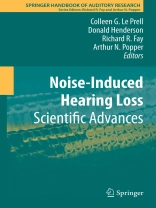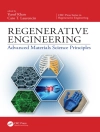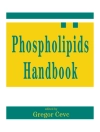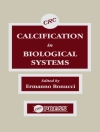Exposure to loud noise continues to be the largest cause of hearing loss in the adult population. The problem of NIHL impacts a number of disciplines. US standards for permissible noise exposure were originally published in 1968 and remain largely unchanged today. Indeed, permissible noise exposure for US personnel is significantly greater than that allowed in numerous other countries, including for example, Canada, China, Brazil, Mexico, and the European Union. However, there have been a number of discoveries and advances that have increased our understanding of the mechanisms of NIHL. These advances have the potential to impact how NIHL can be prevented and how our noise standards can be made more appropriate.
表中的内容
Noise-Induced Hearing Loss: Scope of the Problem: The Prevalence and Significance of Noise-Induced Hearing Loss.- .- Noise-Induced Hearing Loss and Tinnitus: Challenges for the Military.- Relation Between Noise Exposure and Resulting Anatomical, Physiological and Perceptual Changes in Hearing: Acoustic Parameters Influencing Noise-Induced Hearing Loss .- Anatomical Consequences of Noise Insult.- Changes in VIII Nerve Coding with NIHL.- Suprathreshold Changes in Auditory System Function after Noise Exposure.- Central Nervous System Plasticity: Noise-Induced Tinnitus.- Susceptibility and Factors Contributing to NIHL: Genes that Influence Susceptibility to Noise-Induced Hearing Loss .- Effects of Early Noise Exposure on Subsequent Age-Related Changes in Hearing.- Effects of Exposure to Industrial Chemicals on Noise-Induced Hearing Loss.- Protection and Repair: Conventional Hearing Protection: Improved Mechanical Devices.- Prevention of Noise-Induced Hearing Loss: Potential Therapeutic Agents.- Hearing at Frontiers of Biology.- Index.












